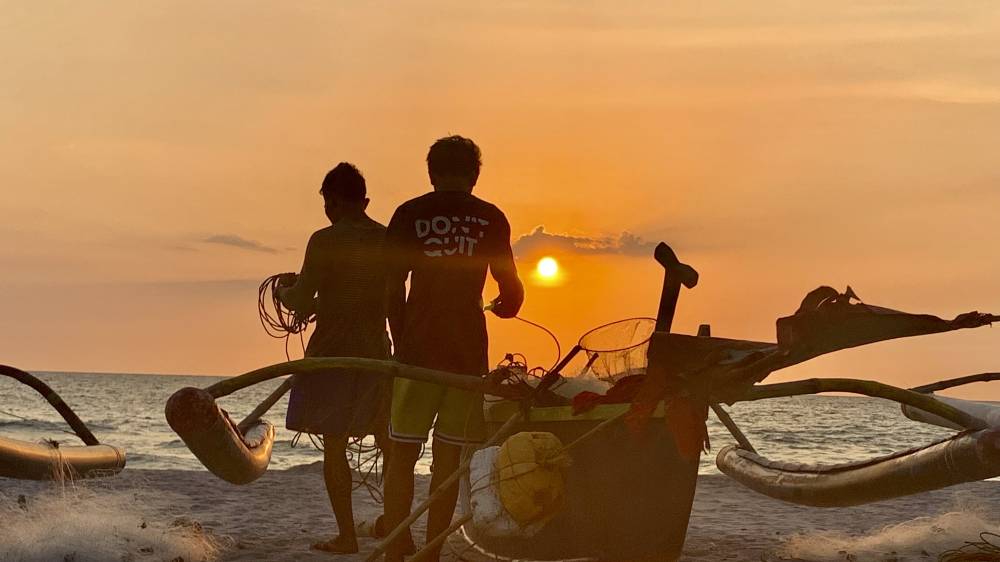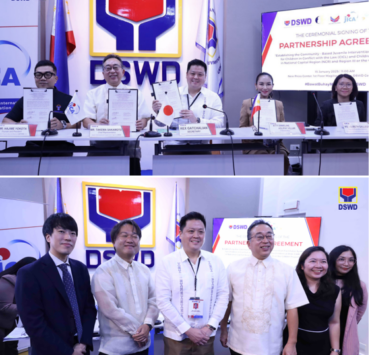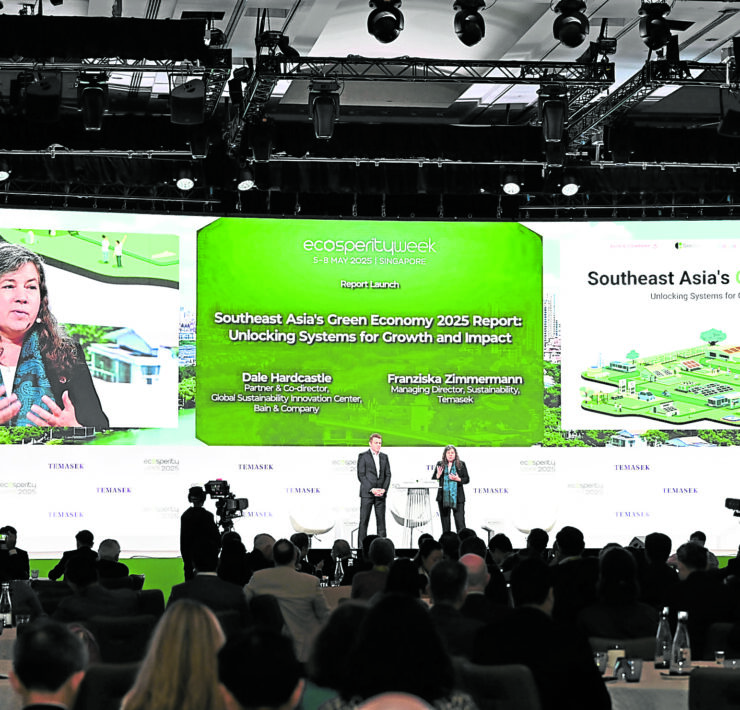ANALYSIS: Allowing commercial fishing in municipal waters: Where did science fail?

The latest ruling issued by the Supreme Court, which reaffirmed its previous decision allowing commercial fishing in municipal waters on constitutional grounds, has raised some concern among my colleagues and myself as scientists. A considerable number of scientists hold the view that the judges may have been dismissive of scientific evidence regarding the condition of our fisheries.
While looking at this question legally may provide some rationale for the decision, the moral question stands. This is how I am led to think about where science comes into the picture. Was the Constitution crafted in sound science? Perhaps, although I am not too sure about it. However, ensuing laws, which are aimed at strengthening constitutional provisions or clarifying vague aspects of it, will clearly gain from the utilization of scientific insights.
A colleague has argued that the 15 km boundary for municipal waters lacks a scientific basis, asserting that it was arbitrarily set without scholarly support. The absence of research backing makes it difficult to refute such a claim. While we now have ample post hoc scientific data, we lack the original scientific foundation for this policy. In the same vein, the proposed 7-fathom limit lacks scientific justification and seems more rooted in superstition, but I hope not, as the number seven is often considered lucky.
Considering the initial establishment of municipal waters’ definition, it might have been effective, socially, politically and industrially acceptable because of that time’s fisheries situation–more fish in the ocean. However, this is not the case anymore.
Fish stocks in our territorial seas have significantly dwindled, providing an impetus for commercial fishers to venture closer to shore. They believe that the internal seas still harbor abundant fish and that small-scale fishers lack the capacity to exploit them optimally during their peak season.
This is where the situation becomes critical and demands careful consideration. Did the courts know this? Let’s dive deeper into this issue.
Excess in fishing capacity
Several forms of overfishing have resulted in the depletion of fish from municipal waters. These include Malthusian overfishing (repercussion of a huge population), recruitment (catching spawners) and growth (catching juveniles) overfishing, which are worsened by the widespread destruction of fish habitats. All these are results of the open-access nature of our fisheries, meaning anyone can fish anywhere they want to. Data from the Bureau of Fisheries and Aquatic Resources (BFAR) and numerous publications have highlighted this issue, prompting the need for interventions such as protected area establishment and a drastic reduction of fishing capacity. Consequently, fish stocks are insufficient to meet the demands of the fish-eating Filipinos, let alone a population that has grown tremendously since. With a bigger population and a lack of alternative livelihood, the municipal fisheries suffer from an excess in fishing capacity. Local fisheries scientist Richard Muallil, now a Vice Chancellor at the Mindanao State University Tawi-tawi campus, worked on dissertation research on small-scale fisheries in the country. Dr. Muallil identified overfishing as a significant problem in this sector in several publications emanating from his dissertation research.
I have also addressed this topic in several articles published in the Philippine Daily Inquirer online version citing peer-reviewed publications and firsthand information on the status of fisheries of Fisheries Management Area 6 (FMA6). As a member of its Science Advisory Group (SAG), I have access to data gathered by BFAR through its National Stock Assessment Program (NSAP). The NSAP has reported that fish stocks of all fish species monitored by them registered numbers below sustainable levels, highlighting the need for reducing fishing efforts. Permitting commercial fishing within municipal waters, therefore, will tend to increase the level of fishing effort which is contrary to the suggested measures by SAGs for dealing with the existing situation. The rebuilding of fish stocks is of paramount importance and the commercial fishing sector should only be allowed if the depletion of fish stocks has been addressed. We must first ensure there is enough fish to sustain the catch of all sectors.
It’s a common issue that while scientists publish their findings in scientific journals, judges and policymakers often don’t have the time or the inclination to read these journals. This disconnect raises questions about the expectations placed on scientists. The academic world has long adhered to the “publish or perish” rule, where publications in non-scientific outlets like gray literature, newspapers, and social media often go unrecognized. Yet, these are platforms where non-scientists are more likely to encounter scientific information. To bridge this gap and make science more accessible to the public, simplification and popularization of scientific findings are necessary. The readability of scientific results poses a challenge to many non-scientists, as they often contain complex language, numbers, and statistics that may only be understood by fellow scientists. It’s imperative to find ways to present scientific information in a more digestible format, especially for policymakers who need to grasp its significance and utility.
Judicial appeal
As this case traversed through hearings in the lower court and the Supreme Court, one feels compelled to ask: Should it not be the duty of the defense lawyers to make use of available scientific literature to buttress legal arguments? Perhaps this is nothing more than wishful thinking. With a few exceptions, lawyers come from a pre-law background not related to science, especially biology and fisheries, hence, it may be too much to expect that they have also the ability to interpret numbers and statistics from the literature, a common challenge that is perhaps shared with judges.
The Supreme Court has rendered its decision, placing the responsibility on the government to file an appeal for the court to review and potentially overturn its ruling. I have heard that the government has already taken this step. However, the likelihood of a total reversal and whether scientific and moral considerations will factor in the court’s deliberations remain uncertain.
Someone asked me if political pressures provide a viable path forward. I’m uncertain about that too since the judiciary operates as an independent branch. But I must confess that this approach could work well in resolving other concerns. As we may all know, the small-scale fisheries sector encompasses 2 million direct participants, a number that will balloon when considering their family members and relatives. As these people will surely be pushed further into poverty, it will contribute a significant number of new entrants for the Ayuda sa Kapos Ang Kita Program (AKAP) to sufficiently embrace. This sector is already recognized as one of the most impoverished. Allowing better-equipped commercial fishers to their traditional fishing grounds puts them at a distinct disadvantage. Nevertheless, this situation could serve as a rationale for the expansion of AKAP in the future.
Dr. Michael P. Atrigenio is an Assistant Professor at the Marine Science Institute of the University of the Philippines Diliman and the program head of the Professional Masters in Tropical Marine Ecosystems Management Program. He is also the President of the Marine Environment and Resources Foundation.





















